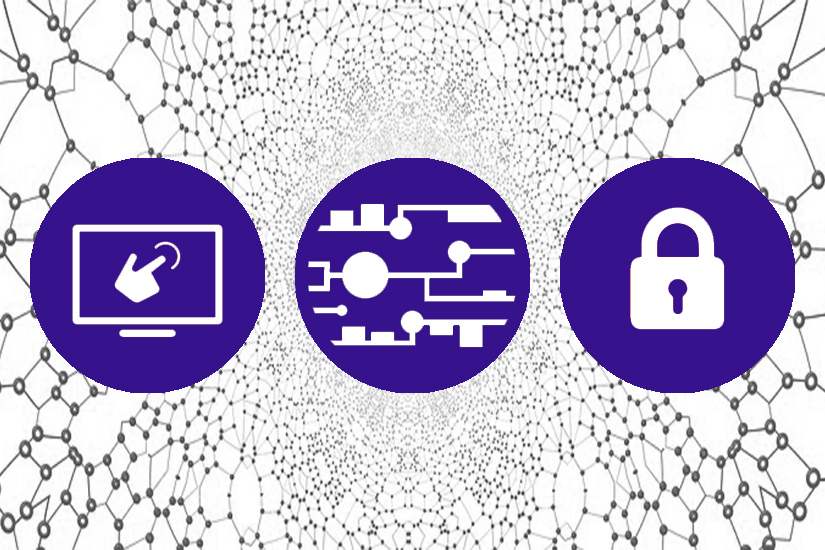
Converged Network
Converged Network

A converged network refers to a telecommunications network that carries voice, data, and video traffic on a single platform, using Internet Protocol (IP) technology. With a converged network, multiple types of traffic can be transmitted over a single network infrastructure, eliminating the need for separate networks for each traffic type.
Converged networks have become increasingly popular due to the increasing demand for multimedia communication and the desire for cost savings and simplified network management. They can be used in a variety of settings, including enterprise networks, service provider networks, and home networks.
One of the main advantages of converged networks is the ability to prioritize traffic based on the application's requirements. This is achieved through quality of service (QoS) mechanisms that ensure that voice and video traffic receive the necessary bandwidth and are not impacted by other traffic types.
Some of the key IT Infrastructure services that Redkite offers to clients:
Voice over IP (VoIP): This service allows users to make voice calls over the Internet using IP technology, instead of traditional phone lines.
Video conferencing: With a converged network, high-quality video conferencing can be delivered seamlessly, enabling remote collaboration and communication.
Unified messaging: This service integrates voicemail, email, and other messaging services, enabling users to access all their messages from a single platform.
Virtual private networks (VPNs): Converged networks can support VPNs, which allow remote users to securely access the network from any location.
Cloud services: Converged networks can support cloud-based services such as storage, software, and applications, enabling users to access these services from any device and location.
Redkite network services offer many benefits, including cost savings, improved efficiency, and enhanced communication capabilities. However, they also require careful planning and management to ensure that they are delivered securely and reliably.
